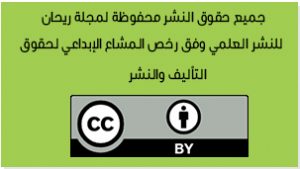This study reflects the importance of semantic mapping strategy knowledge and students’ speaking proficiency. The goal of this study is to find out how grade nine students who are studying English as a second language perceive and have experienced successful education in the classroom with respect to their productive skills. The study proposes that semantic mapping can help students discover the relationships between known words and learn new ones, improving their understanding of English. This strategy motivates students to learn and avoids boredom. The researcher followed a deduction analysis method revealing some of the important case studies examining the significance of semantic mapping strategy on enhancing students’’ vocabulary. It is to show the effectiveness of Semantic Mapping Technique in helping students retain vocabulary in long-term memory. This method can enhance students’ vocabulary learning abilities, making it crucial for teachers to learn if this method can help them. The goal is to minimize lack of retention and recognition in students. The current study explores vocabulary learning strategies students prefer and find effective, considering their experiences and beliefs. It provides information for both learners and teachers about vocabulary learning strategies. The study covers the theoretical discussion of Semantic Mapping Technique, its applications, methods, materials, findings, and concludes with a final chapter. It takes the learner as an individual and provides insights for both learners and teachers. It emphasizes the importance of considering learners’ experiences and beliefs when using vocabulary strategies.
Keywords: drawing, memorization, collocation, vocabulary recall, vocabulary retention, semantic mapping, collocational competence.
Manal Mohamad KHODER, Department of English language and literature, Faculty of Human sciences, Beirut Arab University – LEBANON
 مجلة ريحان للنشر العلمي مجلة علمية، محكمة، شهرية، مفتوحة الوصول
مجلة ريحان للنشر العلمي مجلة علمية، محكمة، شهرية، مفتوحة الوصول
